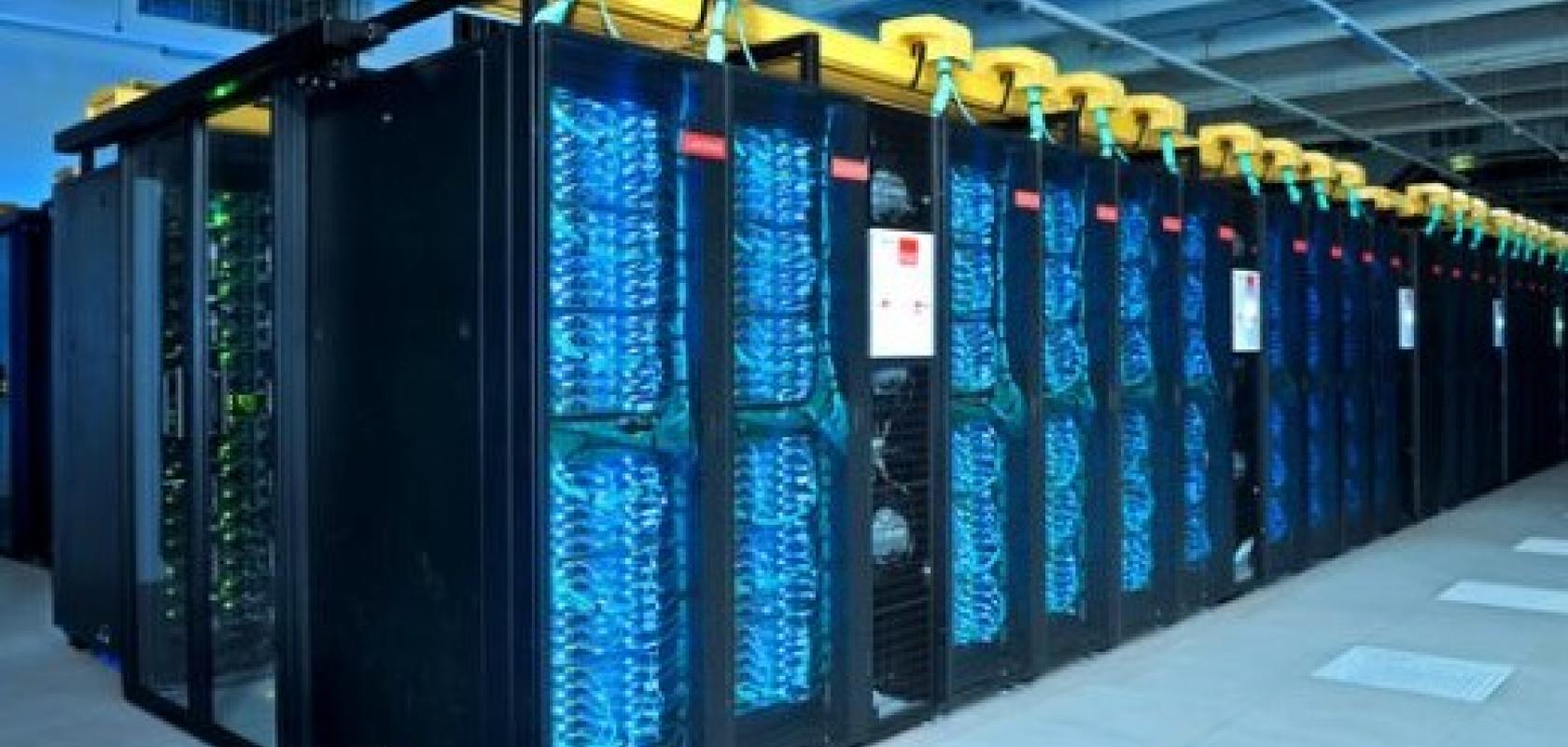The Leibniz Supercomputing Centre (LRZ) will extend its testbed program using HPE’s Cray CS500 system with Fujitsu A64FX processors based on the Arm architecture. The system will help LRZ and its research community to determine the efficacy of using this architecture as part of its Future Computing Program
Dieter Kranzlmüller, director of the LRZ: ‘As a world-class academic supercomputing centre, it is one of our core tasks to explore new and diverse architectures within our Future Computing Program. Together with our core partners, we look forward to exploring the capabilities of this technology and the benefit it brings to our users’ science – especially in the area of HPC and AI.’
Integrating the technologies in early autumn, the institute of the Bavarian Academy of Sciences and Humanities will be the first academic computing centre in the European Union to offer this innovative hardware for its users to explore.
HPE’s Cray CS500 system is based on the same Fujitsu A64FX processor used in the recently installed Japanese high-performance computer Fugaku–currently in the number one position on the global Top500 list–and is a central asset for the LRZ testbed program and its system known as BEAST (Bavarian Energy, Architecture and Software Testbed).
The Arm-based architecture in the Fujitsu processors, integrated by Hewlett Packard Enterprise (HPE) will offer unique pathways for traditional modelling and simulation tasks while being equally suitable for data analytics, machine learning and artificial intelligence workloads. It will be available to core academic partners and select projects as well as next-generation HPC practitioners. HPE’s Cray CS500 system features the Cray Programming Environment, a fully integrated software suite that maximizes programmer productivity and application performance.
Bill Mannel vice president and general manager, HPC, Hewlett Packard Enterprise commented: ‘HPC plays an increasingly critical role to meet key societal and economic challenges in areas like medicine, climate change, and risk management. We are committed to advancing HPC technologies by developing diverse architectures to support any workload need. We look forward to working with the Leibniz Supercomputing Centre to explore how alternative architectures can enable new HPC applications to bolster research and innovation while improving performance and efficiency.’
Each of the Fujitsu A64FX Arm-based processors will be equipped with 32GB of second-generation high bandwidth memory (HBM2). The servers are connected by an EDR-Infiniband network. The system comes with an Open-Source (GCC/LLVM) software stack as well as a Cray Programming Environment supporting the vectorised processor units.
HPE’s Cray CS500 offers LRZ users and HPC specialists evaluation and research opportunities for the processors’ performance on real-world applications and in comparative studies to both regular CPUs and GPUs. As a pioneering centre for energy-efficient HPC systems and data centre infrastructure, LRZ is also highly interested in evaluating the performance per watt the system can deliver.
‘The Scalable Vector Extension (SVE) architecture, the high memory bandwidth with HBM2, and the Cray Compiler Environment and software stack are a few of the things we’re excited to explore and better understand in support of our users and their scientific work,’ added Josef Weidendorfer, team lead for Future Computing at LRZ.


